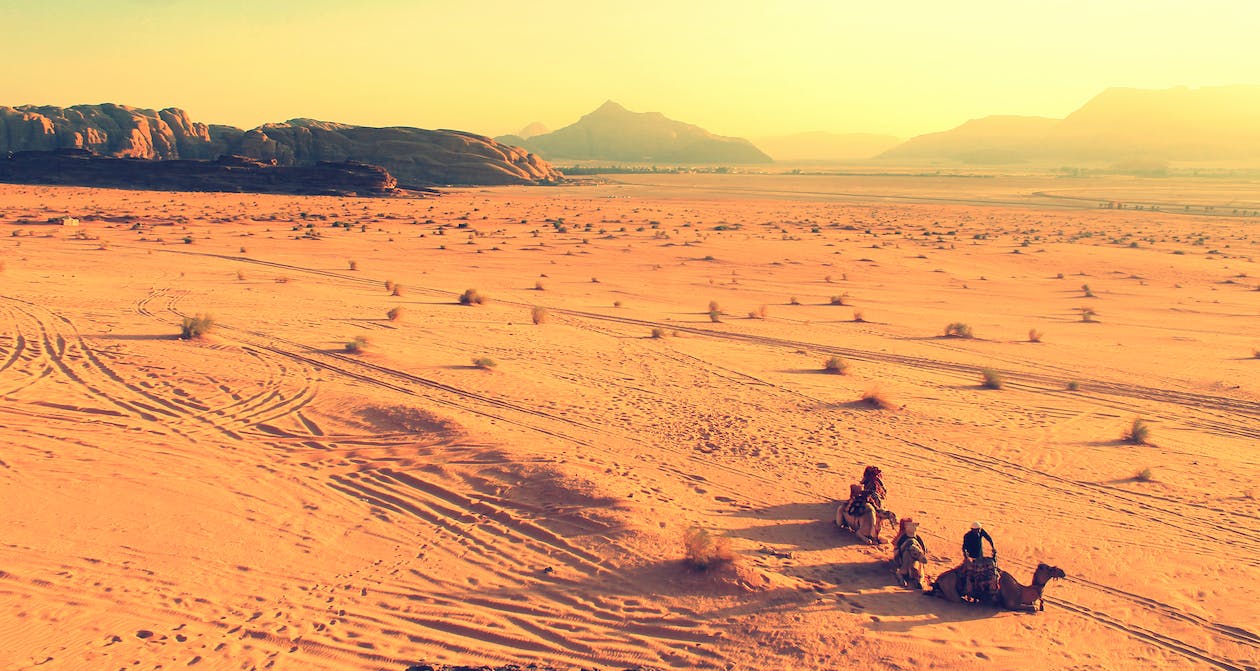Lying within the intertropical zone amidst the Tropic of Cancer and the Tropic of Capricorn, Africa’s geographical situation exposes the continent to much more concentrated sunlight, compared to the rest of the Earth. With drylands and desert covering 60% of the continent, it’s no surprise that it’s considered the hottest in the world.
While Africa’s regions are still climatically diverse, having equatorial climate, tropical monsoon climate, semi-arid climate, desert climate, tropical wet and dry climate, and subtropical highland climate, it’s still home to many places with extremely hot temperatures not only within the continent but in the world. In this article, let’s discover the hottest areas of Africa and other scorching facts about these locations.
Dallol, Ethiopia
Situated in the Afar region in Ethiopia, the Dallol mining settlement holds the records for having the highest average temperature ever-recorded at 35 degrees Celsius (94 degrees Fahrenheit) between 1960-1996. While the temperature may not seem extreme, it was constant all throughout the year. Now, summer high temperatures are reported to reach nearly 45 degrees Celsius (114 degrees Fahrenheit).
Dallol is seemingly sandwiched, as the heat comes from the sun above and from beneath, being a volcanically active region given its proximity to the Dallol volcano. Though largely a ghost town today, it is home to stunning gas geysers, acidic hot springs, and salt formations that make it a true geological wonder.
Wadi Halfa, Sudan
Situated near Egypt’s border, this sweltering Sudanese town’s highest temperature recorded was 53 degrees Celsius (127 degrees Fahrenheit) in April 1967. Today, it’s pretty uncommon to witness average highs going over 40 degrees Celsius (104 degrees Fahrenheit) during the summer. Apart from the high heat index, Wadi Halfa also has to braze “haboobs” or violent sandstorms, that sometimes form in the afternoon to evening hours.
El-Azizia, Libya
Though its title for being the hottest place on Earth was overturned by the World Meteorological Organization and was awarded to the Death Valley, El Azizia in Libya still experiences temperature climbing nearly 49 degrees Celsius (120 degrees Fahrenheit) during the summer months. The North African town experiences such due to the southerly winds bringing in hot air coming from the Sahara Desert.
Timbuktu, Mali
Nestling on the Sahara Desert’s southern edge, the historical city of Timbuktu has an average temperature of 32 degrees Celsius (90 degrees Fahrenheit) during the winter months and 42 degrees Celsius (108 degrees Fahrenheit) during the summer months. Timbuktu is now turning to dust, however, as it is slowly encroached by the looming Sahara Desert. Wind-blown sands often bury the streets or build up dunes inside the city.
Kebili, Tunisia
Believed to have been founded 200,000 years ago, Kebili, Tunisia is one of the oldest inhabited places and oldest desert oases in Africa. It’s known for its heat, reaching over 56 degrees Celsius (133 degrees Fahrenheit).
Ghadames, Libya
Dubbed as the “Pearl of Desert,” Ghadames is one of the oldest pre-Saharan oasis towns and a declared UNESCO World Heritage Site. Its temperature reaches 55 degrees Celsius (131 degrees Fahrenheit), which residents combat by building houses using thick mud walls. Wildlife animals found in the Sahara Desert near Ghadames area include camel, foxes, desert hare, gazelles, jackals, and caracals.
Final Words
Those are some of the hottest areas in Africa. Yet, these places are not indicative of what to see in the entire continent. Africa also has savanna woodlands, fynbos, mountain ranges, and other regions with distinct characteristics and climates, proving how incredibly diverse the continent is.
